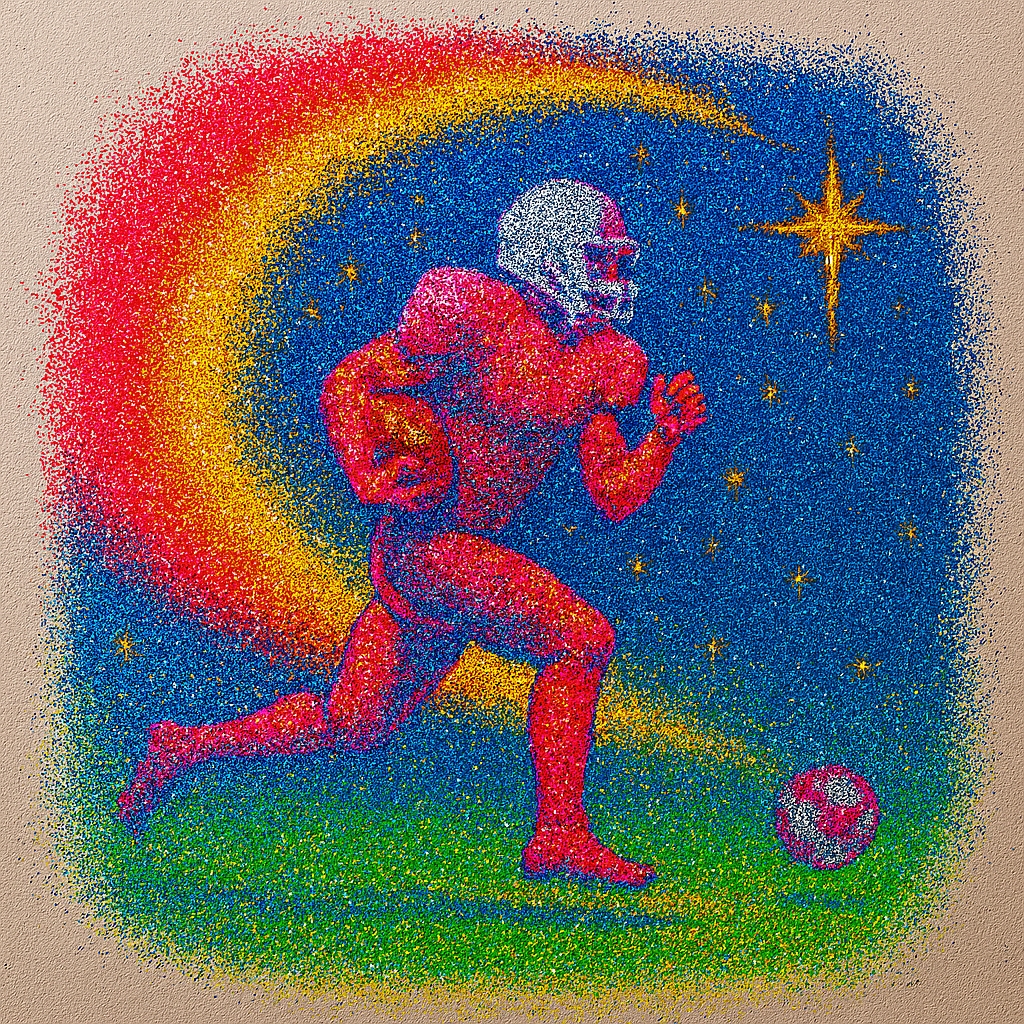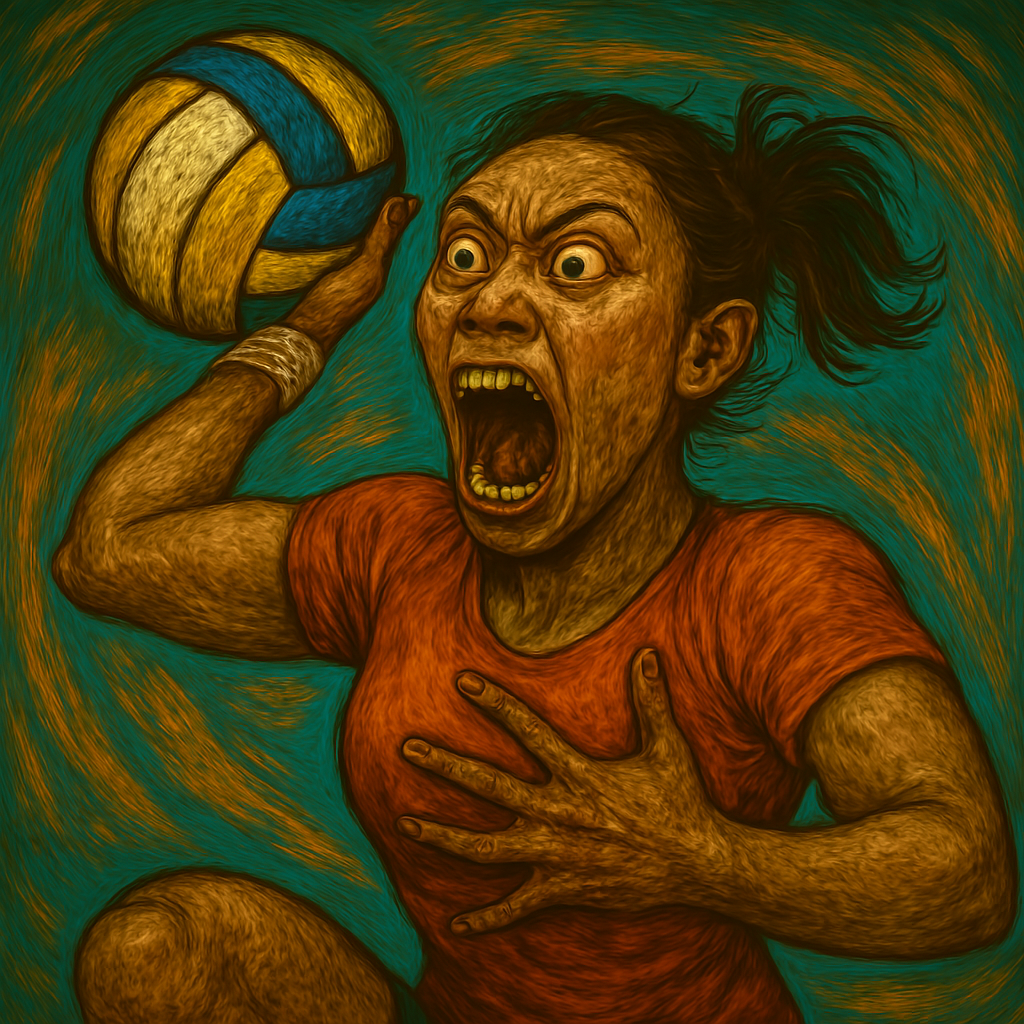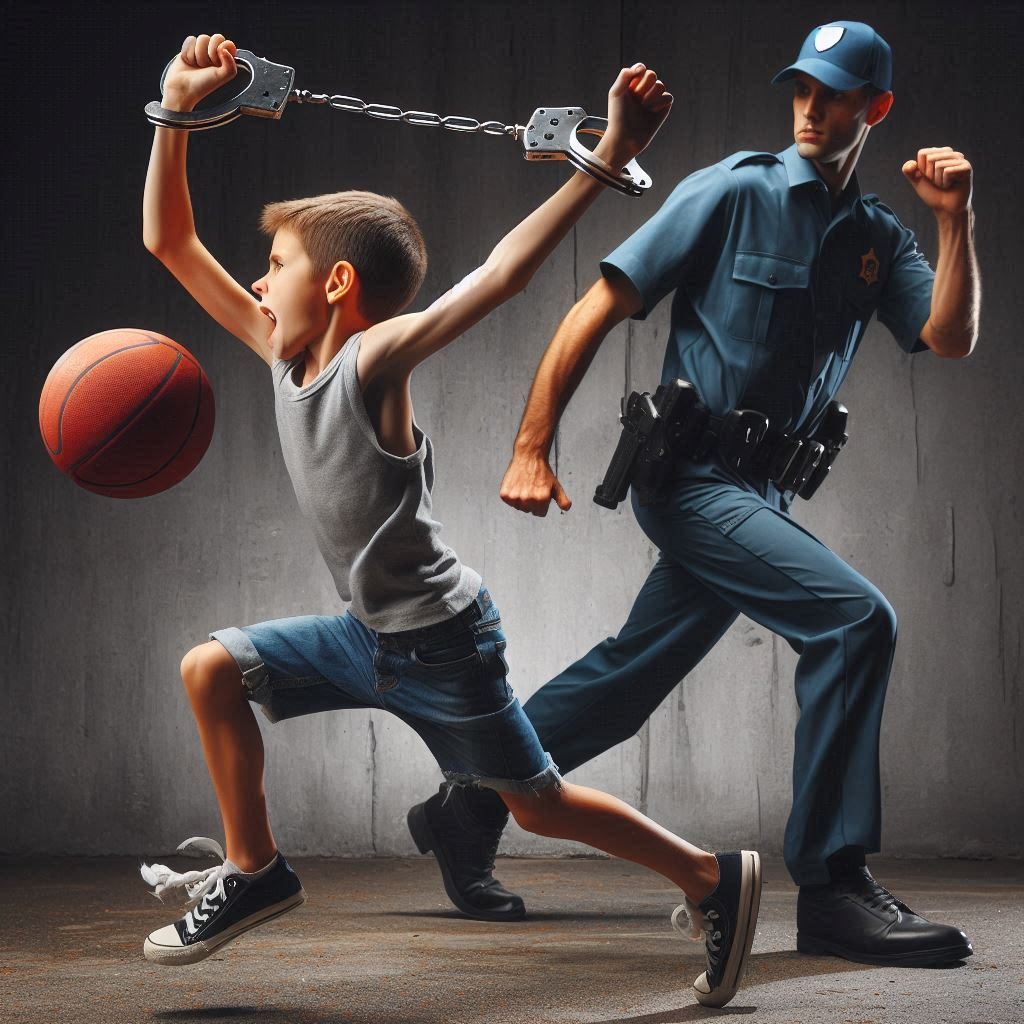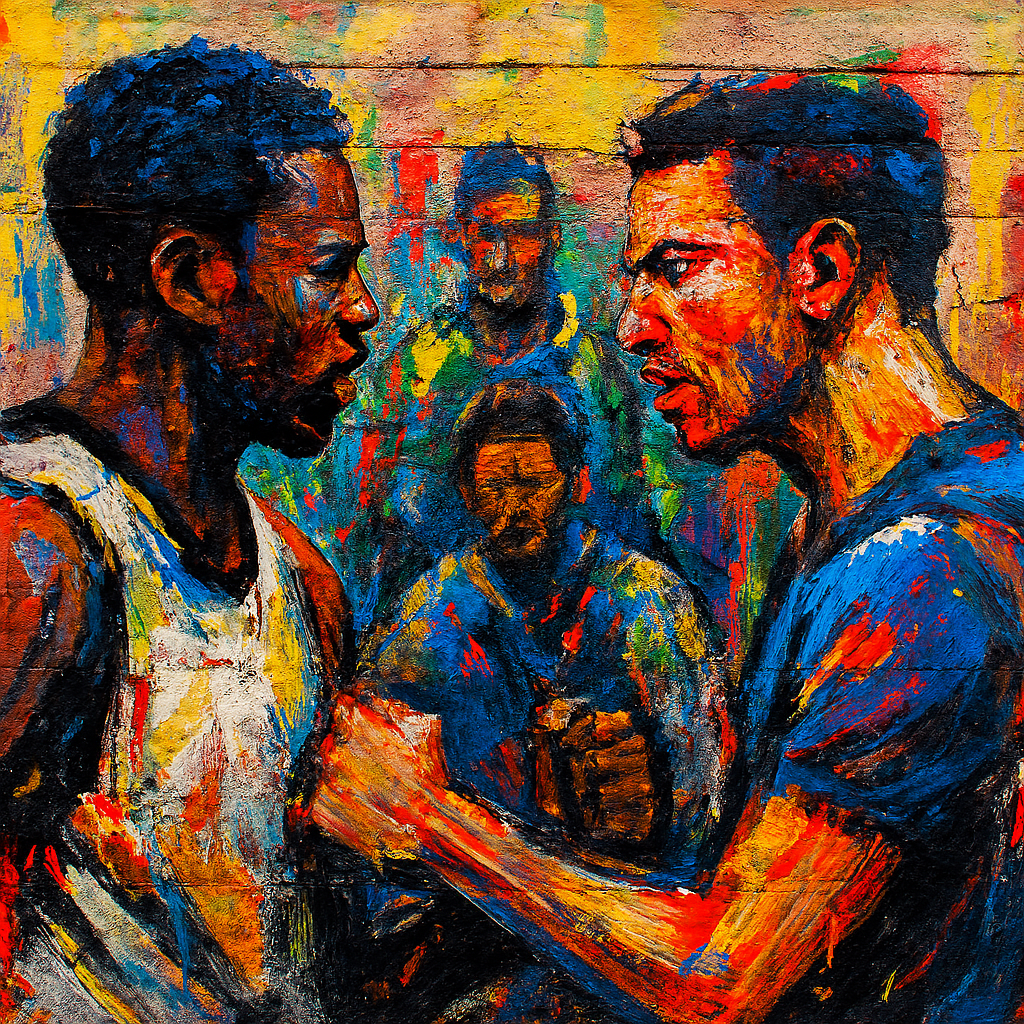The Importance of Sportsmanship in the Sporting World
In the world of sports, the question often arises: Is it okay to be a bad sport, or should good sportsmanship always be displayed? This question is not as simple as it may seem, and the answer can significantly impact the sporting world.
The Case for Bad Sportsmanship
Some argue that being a ‘bad sport’ is part and parcel of the competitive nature of sports. They believe that the desire to win sometimes overshadows the need for good sportsmanship. This perspective often stems from the belief that sports are a battlefield, and anything that doesn’t violate the rules is fair game.
The Case for Good Sportsmanship
On the other hand, proponents of good sportsmanship argue that respect, fairness, and grace in victory or defeat are integral to sports. They believe that sports are not just about winning or losing but also about character building, teamwork, and mutual respect. Good sportsmanship, they argue, enhances the enjoyment of the game, promotes a healthy competitive spirit, and fosters respect among players.
The Balance
While the competitive nature of sports can sometimes lead to heated moments, it’s essential to remember the bigger picture. Sports are a platform for individuals to grow, learn, and develop. They teach us about teamwork, respect, and handling success and failure. Therefore, while a certain level of competitiveness is healthy and necessary, it should never overshadow the fundamental principles of respect and fairness.
Does Any Section of Sports Allow Bad Sportsmanship?
In the realm of sports, there is no section that explicitly allows bad sportsmanship. The essence of sports lies in the spirit of fair play, respect, and integrity. These values are universally recognized and promoted across all sports disciplines, from grassroots levels to professional leagues.
However, it’s important to differentiate between bad sportsmanship and competitive tactics. In some sports, what may appear as ‘bad sportsmanship’ could be a part of the game’s strategy. For instance, in football, a player might intentionally commit a foul to stop an opponent from scoring. While this is against the rules and penalized accordingly, it is often viewed as a tactical decision rather than an act of bad sportsmanship.
That being said, any behavior that disrespects opponents, violates the rules, or harms the spirit of the game is generally not tolerated. Actions such as taunting, cheating, or intentional fouling are considered bad sportsmanship and are usually penalized by referees, leagues, and sports governing bodies.
While sports do allow for intense competition and strategic gameplay, they do not endorse bad sportsmanship. The focus is always on promoting respect, integrity, and fair play in the pursuit of athletic excellence.
The Difference Between Poor Sportsmanship and Bad Sportsmanship
While the terms ‘poor sportsmanship’ and ‘bad sportsmanship’ are often used interchangeably, they can be differentiated based on the severity and intent behind the unsporting behavior.
Poor Sportsmanship
Poor sportsmanship typically refers to minor breaches of conduct that are often unintentional or occur in the heat of the moment. Examples might include showing frustration after a missed opportunity, not shaking hands post-match due to disappointment, or minor arguments with officials over decisions. While these actions are not in line with the spirit of the game, they are often spontaneous reactions and usually do not lead to severe consequences.
Bad Sportsmanship
Bad sportsmanship, on the other hand, involves more serious violations that are often premeditated and intended to gain an unfair advantage or harm others. This could include cheating, intentional fouling, verbal or physical abuse, or disrespecting opponents and officials. These actions are considered more severe as they not only violate the rules but also undermine the integrity of the sport.
The Lasting Impact
Both poor and bad sportsmanship can leave a lasting impression, but the impact of bad sportsmanship is often more severe and long-lasting. Bad sportsmanship can tarnish a player’s reputation, lead to penalties or bans, and negatively affect the overall perception of the sport. On the other hand, instances of poor sportsmanship, while not ideal, are often seen as lapses that can be corrected with guidance and good mentoring.
Both poor and bad sportsmanship are undesirable, it is the responsibility of each player, coach, and official to uphold the spirit of the game and strive for good sportsmanship at all times.
Conclusion
In conclusion, while there may be room for intense competition and rivalry in sports, good sportsmanship should always be the cornerstone. It not only enhances the spirit of the game but also instills valuable life lessons in the players and spectators alike.
Join the discussion on this topic using the hashtags #SportsmanshipMatters, #FairPlay, and #RespectInSports. Let’s promote a sporting world where competition and respect go hand in hand.














Sports Movies Power To Make Memorable Icons - Crickky
[…] fostering a sense of connection and shared experience. These movies also serve as a reminder of the timeless values that sports embody, such as teamwork, dedication, and fair […]